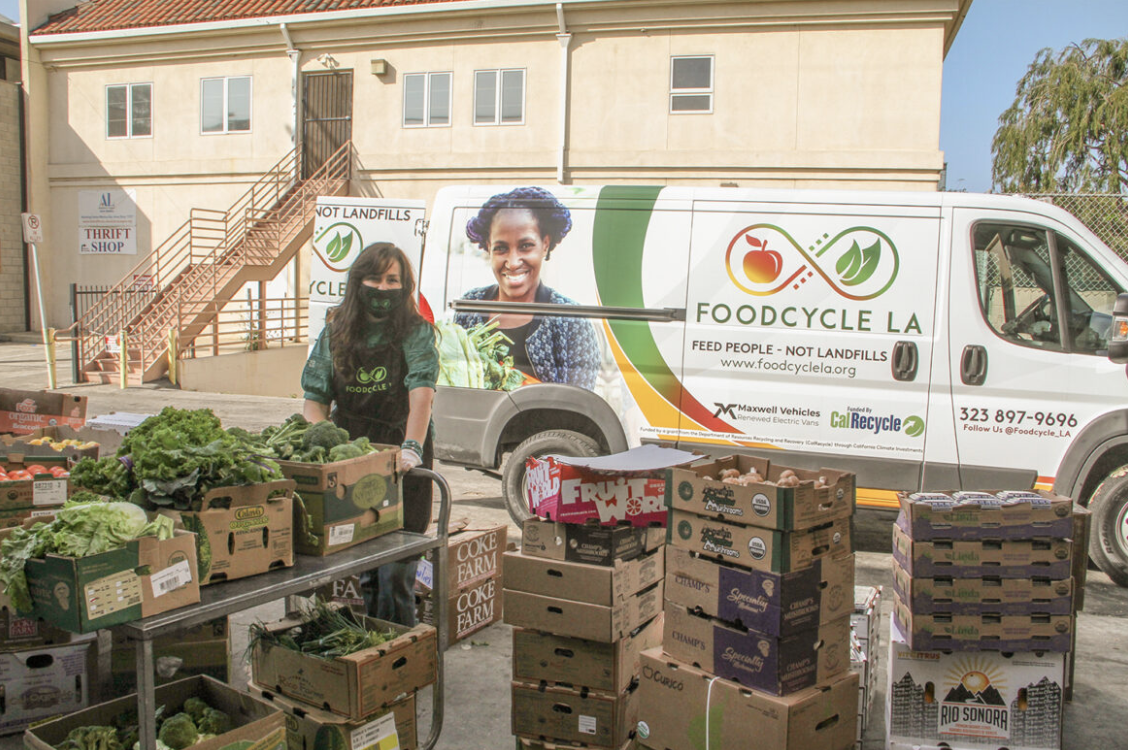
As you may be aware, Co-opportunity Market has a long time partnership with FoodCycle LA to reduce food wastage and donate recovered food items. However, bulk items are not eligible for donation to the organization, so our CEO, Cindy Chikahisa, told us about a couple of recently introduced team member programs aimed at reducing bulk food waste.
Save the Beans: We are unable to pour back bulk coffee beans once it is collected in a bag but not purchased, primarily because we no longer know which variety they are. With this program we combine all abandoned coffee bean purchases and create a “mystery coffee” and share it with our team members.
It’s Nuts: We coined this name since so many bulk nuts are bagged, then abandoned. Similar to our coffee bean initiative, we collect nuts and other trail mix items, then make a special bulk trail mix that is shared with our team members.
In honoring the actions the Co-op is taking to reduce food waste, we wanted to share a few tips for Owners seeking to practice low-waste cooking at home.
- Fruits: Not sure what to do with that overripe banana, the last few berries about to go bad, that half nectarine no one wanted? Cut them into small chunks and toss them together into a bag in the freezer. These will be great for making smoothies.
- Jar ingredients: Tamar Adler’s The Everlasting Meal recommends tossing in some oil and vinegar into near-empty condiment jars (e.g., mustard) to turn them into salad dressings. You can also pour in some oil, soy sauce and spices into an almost-done nut butter jar to turn into a dressing for noodles or a dip for carrots, cucumbers, celery, etc.
- Vegetables: The simplest way to reduce food waste when it comes to vegetables is to save a scrap bag for celery leaves, onion peels, mushroom stems, etc in the freezer. This could be turned into a vegetable stock and be used in a variety of ways when you are cooking. Another option, depending on the type of vegetable—think kale and chard stems or the tender insides of the broccoli stalk— you could also toss them into a boiling mixture of white vinegar, sugar, salt, water and perhaps some herbs and spices. Let this cool completely and refrigerate. Now you have yourself a delicious pickle!
- Herbs: It is not uncommon to buy a bunch of herbs for a recipe and then wonder what to do with the rest of that basil, dill, or mint that you bought. Fresh herbs like thyme and rosemary can be dried completely and then saved to use as dried herbs. Their woody stems can be tossed into the pan when roasting meat or hearty vegetables, for added flavor. Or simply puree herbs with a bit of olive oil and freeze them in ice cube trays to use as a base for herb sauces.
- Cheese and other dairy: Rinds from hard cheeses like Parmesan and Pecorino are great additions to stock pots or soup broths. Just make sure you remove them before serving if using to make a soup base. The last of the sour cream, yogurt and ice cream can also be good additions to smoothies so as not to waste them.
- Bread: Stale bread could be toasted, then thrown into a food processor to turn into bread crumbs, or (depending on the type of bread) they could be dried out and turned into croutons or crackers.
- Nuts: Use those leftover party nuts to toss on top of a salad, add to a smoothie (if unsalted), or sprinkle on top of roasted veggies such as brussels sprouts and carrots.
And of course, making a weekly meal plan is a great way to be more organized and ensure low waste when it comes to food.
If you are interested in other ways to practice low waste cooking, we recommend both Tamar Adler’s The Everlasting Meal and Anne-Marie Bonneau’s The Zero Waste Chef.
Want to share things you are already doing that others should know about? Drop us a line at board@coopportunity.com or post about it on IG and tag us!

